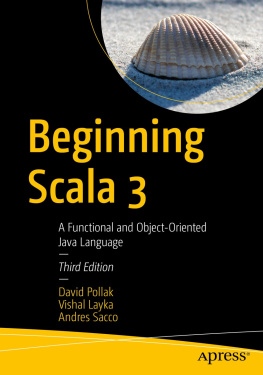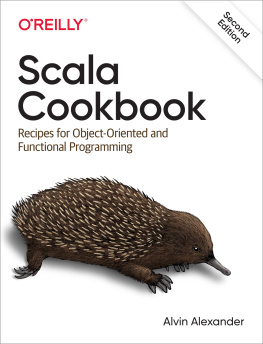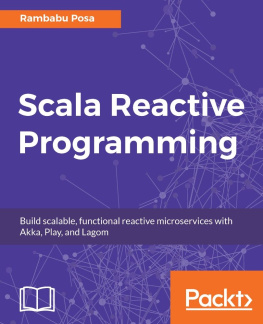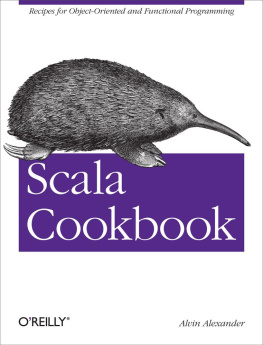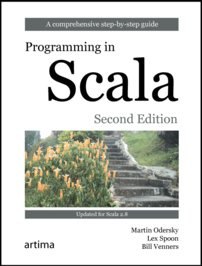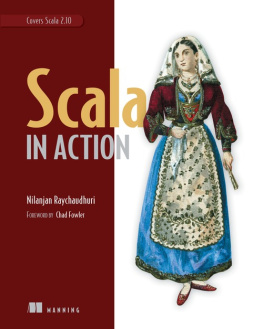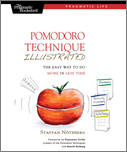Aleksandar Prokopec - Learning Concurrent Programming in Scala
Here you can read online Aleksandar Prokopec - Learning Concurrent Programming in Scala full text of the book (entire story) in english for free. Download pdf and epub, get meaning, cover and reviews about this ebook. year: 2014, publisher: Packt Publishing - ebooks Account, genre: Computer. Description of the work, (preface) as well as reviews are available. Best literature library LitArk.com created for fans of good reading and offers a wide selection of genres:
Romance novel
Science fiction
Adventure
Detective
Science
History
Home and family
Prose
Art
Politics
Computer
Non-fiction
Religion
Business
Children
Humor
Choose a favorite category and find really read worthwhile books. Enjoy immersion in the world of imagination, feel the emotions of the characters or learn something new for yourself, make an fascinating discovery.
- Book:Learning Concurrent Programming in Scala
- Author:
- Publisher:Packt Publishing - ebooks Account
- Genre:
- Year:2014
- Rating:3 / 5
- Favourites:Add to favourites
- Your mark:
Learning Concurrent Programming in Scala: summary, description and annotation
We offer to read an annotation, description, summary or preface (depends on what the author of the book "Learning Concurrent Programming in Scala" wrote himself). If you haven't found the necessary information about the book — write in the comments, we will try to find it.
Learn the art of building intricate, modern, scalable concurrent applications using Scala
About This Book- Design and implement scalable and easy-to-understand concurrent applications
- Make the most of Scala by understanding its philosophy and harnessing the power of multicores
- Get acquainted with cutting-edge technologies in the field of concurrency, with a particular emphasis on practical, real-world applications
- Step-by-step tutorial guide, which is full of pragmatic examples
This book is a must-have tutorial for software developers aiming to write concurrent programs in Scala, or broaden their existing knowledge of concurrency.
This book is intended for Scala programmers that have no prior knowledge about concurrent programming, as well as those seeking to broaden their existing knowledge about concurrency. Basic knowledge of the Scala programming language will be helpful. Readers with a solid knowledge in another programming language, such as Java, should find this book easily accessible.
In DetailThis book will give you an insight into the best practices necessary to build concurrent programs in Scala using modern, high-level concurrency libraries. It starts by introducing you to the foundations of concurrent programming on the JVM, outlining the basics of the Java Memory Model, and then shows some of the classic building blocks of concurrency, such as the atomic variables, thread pools, and concurrent data structures, along with the caveats of traditional concurrency. It then walks you through different high-level concurrency abstractions, each tailored toward a specific class of programming tasks. Finally, the book presents an overview of when to use which concurrency library and demonstrates how they all work together.
Aleksandar Prokopec: author's other books
Who wrote Learning Concurrent Programming in Scala? Find out the surname, the name of the author of the book and a list of all author's works by series.



